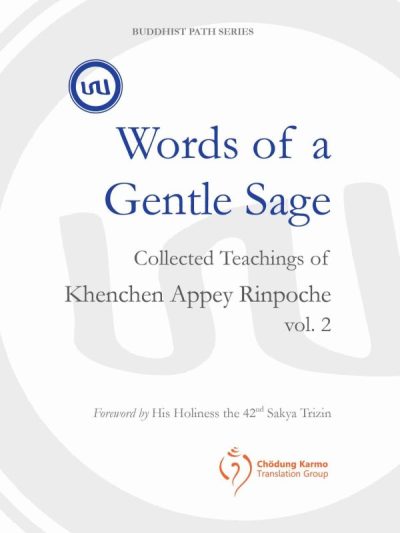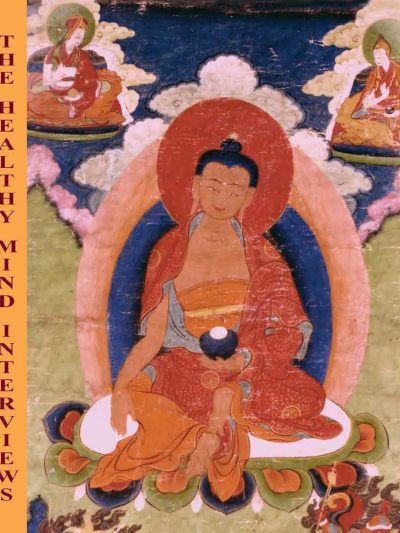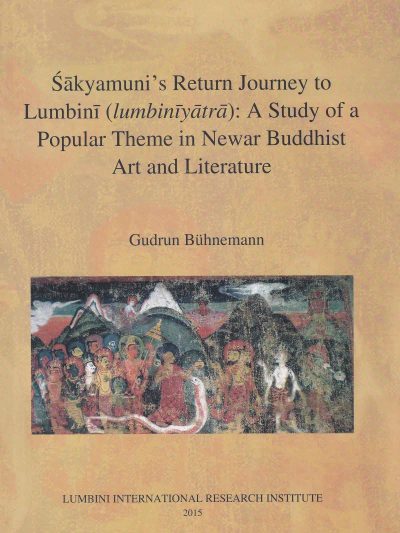Description
According to Newar Buddhists, Sakyamuni Buddha returned to his birthplace, Lumbini, after his enlightenment. Visual representations of his journey and visit to Lumbini date back to at least the seventeenth century and became especially popular in nineteenth- and twentieth-century Nepal. They show the Buddha riding standing up on a Naga (commonly identified with Sesa) while being attended by Hindu deities in service to him. Indra holds an honorific parasol steady over the Buddha from behind and a number of Hindu divinities are lined up in a procession and perform specific services. The theme, known as the lumbiniyatra, is found on its own or as one of the events in the life of Sakyamuni Buddha, or else as a subsidiary scene in larger paintings with a focus on a different Buddhist figure. Both long and short versions are extant. This book traces the history of the theme by examining literary sources in Sanskrit and Newari and pictorial representations in different media, including painting, metalwork, terracotta and woodcarving. It then discusses elements of the yatra which are also found independently in other contexts and finally offers some thoughts on the significance of the theme.






